This year, we’ve been doing things a little bit differently. Instead of using an eclectic collection of materials, we’ve been using an actual curriculum and it feels so much easier. Not only does Catholic Heritage Curricula’s Kindergarten Curriculum provide direction and eliminate the decision of what to do each day, it also simplifies moving the work to different days or catching up after taking time off. Now that we’ve been using this curriculum for two months, I’m excited to share a review!
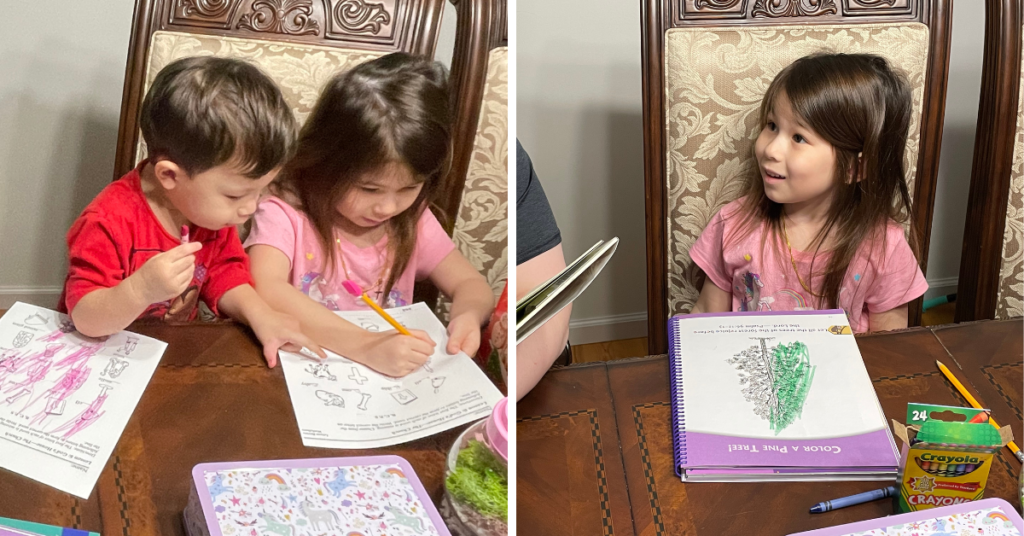
Religion throughout The Curriculum
As this curriculum is naturally religious in nature (it’s from a Catholic company), I feel it’s worth commenting on religion in the curriculum as a whole. Book names are mentioned in below sections to reduce confusion. Needless to say, the religion books are filled with faith but they also reference exactly what parts of the Catechism of the Catholic Church are being taught in each lesson. The workbooks for learning to write letters and numbers include religious examples (K is for King, kingdom, keys, kitten, kite, and they share a scripture quote that mentions “keys” and “kingdom”; 7 lists the 7 sacraments). The phonics program continues to use the same or similar letter examples (K is for kite, R is for rabbit and rosary).
Although not prevalent, the science book occasionally mentions God (“God gave the blue jay a pouch in his throat where he can carry food”) and includes a Bible verse on the weekly coloring page. The art and poetry book only makes two references to religion that I could find: there are two religious paintings The Sleeping Hermit by Carl Spitzweg (as a hermit is defined by Google as “a person living in solitude as a religious discipline”) and Adoration of the Shepherds by Gerard van Honthorst (a painting of the nativity).
My mother attended Catholic school and was thrilled to see how much religion was interspersed within the curriculum. She told me that it reminded her of when she was in school. When I mentioned that even the science book included religion, she reminded me that the big bang theory was first proposed by a Catholic priest (Msgr. Georges Lemaître).
Lesson Plans
I’ve got to say that I’ve tried lesson planning and had a difficult time keeping on track. I think it’s because I would overschedule and try to plan things for each day. Even though the amount of time spent on my lessons was short, it made it difficult to catch up and stay on track so I was constantly behind and then gave up.
Catholic Heritage Curricula (CHC) makes lesson planning EASY. At first glance, CHC Lesson Plans: Kindergarten may look intimidating since there are so many class subjects, but each lesson is a reasonable length, and there are only four days of lessons each week. Based on my husband’s work schedule, we’re usually running errands and scheduling appointments earlier in the week, so we’ve basically switched the schedule to Wednesday through Saturday and it works for us. I also check off each lesson as we complete it, which means we can do extra science one day and extra art or religion another day if needed.
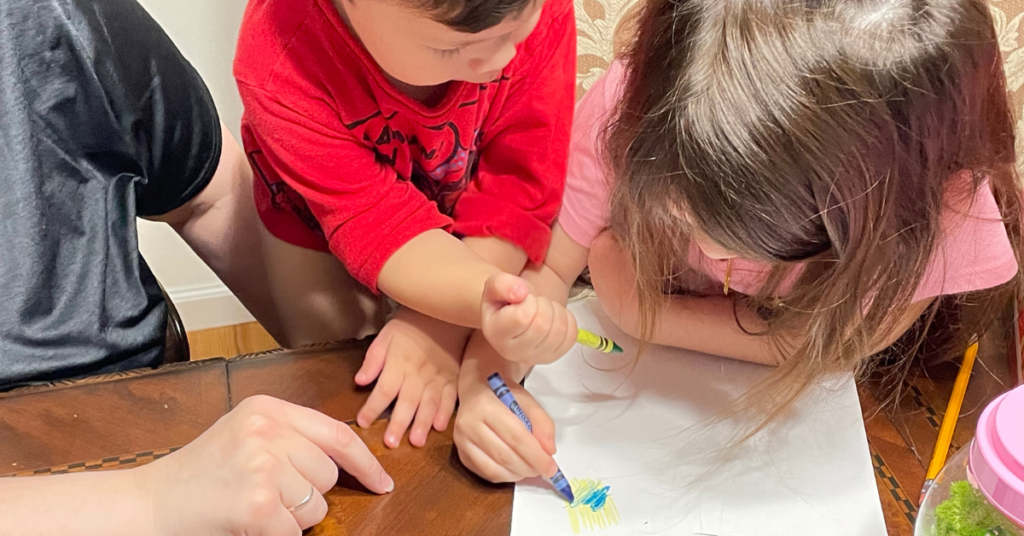
Actually Using the Curriculum: Language Arts and Math
The Little Folks’ Letter Practice (Language Arts) and Little Folks’ Number Practice (Math) workbooks include the letters and numbers with lines for tracing and practice writing each along with pictures to color. I really like these books, but I only wish that they had an extra page of practice for each letter and number. An easy solution is to buy or print some extra elementary paper (a quick Google search of “elementary notebook paper template” will result in paid and free options of the paper that has line-dotted line-line for an easier time learning to write). I’ve also learned that it’s better to work on these lessons earlier in the day before my daughter turns into a silly goose and tries to create and draw new letters for the alphabet instead. 🤦♀️
We haven’t used Catholic Heritage Handwriting, Level K yet since that’s for when we finish Little Folks’ Letter Practice in a few months, but I really like Little Stories for Little Folks: Catholic Phonics Program. Since my daughter was already familiar with all of the letters and their sounds, I cut out the letters for my two-year old to practice. He often will stay up past bedtime singing the alphabet, so I knew he would enjoy them! My daughter skipped ahead to the pre-reading blends and she has found some early success with those because of the focus on word families that wasn’t included in her separate reading curriculum.
Actually Using the Curriculum: Science, Religion and Non-Core Subjects
My favorite parts of the curriculum are science and religion. Behold & See K: Exploring Nature with Stories, Activities, and Nature Walks is a great book filled with a large variety of animals and nature. So far we’ve learned (and I mean “we” because I’ve enjoyed learning just as much as my daughter has!) about rodents, trees, birds, insects, and more. The creature clips are great short videos related to each topic (tip: you can go on the website to grab the updated clickable list of clips). My daughter has been sweet and allowed her little brother to help her color the weekly coloring page as I read stories about the creature of the week to both of them.
I wasn’t sure about the need for a teacher’s manual before getting this curriculum, but it turns out that the majority of the teaching on religion is found in the Who Am I? Kindergarten Teacher’s Manual. The Who Am I? Kindergarten Workbook only contains worksheets for your child. This curriculum is so thorough that I feel like I better understand my religion every time we have lessons. My daughter loves it so much that she’s asking me to read specific stories from our children’s Bible daily and she’s talking about God and the things she’s learned with others, including her cousins when they’re playing Roblox together.
As for non-core subjects, there are definitely benefits to Building Good Character, Level B. Most of the time it is easy to reinforce throughout the week (I usually mention each morning, reinforce when she earns a sticker/star, and praise when she remembers and performs the behavior in subsequent weeks), but I haven’t quite figured out how to reinforce character cards that teach the lack of a behavior throughout the week. An example of this is “I do not bicker or insist on having my own way.” I’m sure I’ll come up with a way to reinforce these lack of behavior cards, but currently I’ve only been reminding her not to do something after she does it.
Rhyme-Time Collection Teaching Booklet and Art Prints has been a lot of fun and easy to implement. My daughter loves memorizing the poems (she recites them several times a day!) and trying to understand the simplified art concepts. I really like how each two-week lesson includes fun ways to engage your child and also includes cutting and gluing copies of the poem and artwork into the booklet.
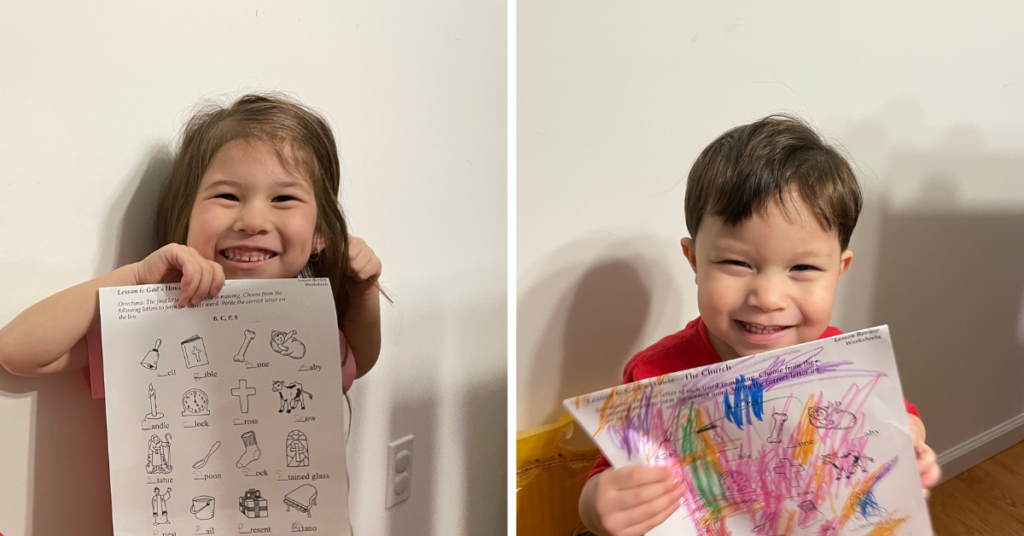
Final Thoughts
Although only based on two months of use, I really have loved using Catholic Heritage Curricula’s Kindergarten Curriculum in our homeschool. This curriculum with included lesson plans has made teaching easy. Within these months, we’ve had sickness, surgery, family visits, and all sorts of interruptions, but the one thing that has remained (mostly) consistent has been homeschooling. Even if we missed a couple of days, it was easy to get back on track without feeling lost or behind.
There are few required subjects for homeschooling kindergarten in New York State (patriotism and citizenship; health education regarding alcohol, drug and tobacco misuse; highway safety and traffic regulations, including bicycle safety; fire and arson prevention and safety). Even though this curriculum doesn’t include any of them, and I wouldn’t expect it to, what it does include are things to prepare children for first grade.
- Learning letters and numbers? Check!
- Learning to read and write? Check!
- An introduction to animals, nature and science? Check!
- Physical education, music, and art as non-core subject options? Check!
- Learning about religion? Check!
- And most importantly, teaching children to enjoy and look forward to learning each day? Check!
I would recommend this curriculum to any homeschoolers with little ones in Kindergarten. I’d even recommend the Who Am I? books to parents of kids in public school who want to share their faith with their kids. Despite following the catechism, this curriculum would be worthwhile to any parent that is looking to share Christianity with their children. Although some of the concepts may not apply to other faiths within the religion books, it is the same idea as parents who send their children to Catholic school to acquire a well-rounded education.
I look forward to using this curriculum for the rest of the year and to continuing into the higher grades in the future. Thanks for joining us today In Our Homeschool!
Disclaimer: I received CHC’s Kindergarten curriculum in exchange for this review. All opinions are my own and based on my personal experience.

Disclosure: As an Amazon Associate I earn from qualifying purchases. This post may include affiliate links which means I may earn commissions for purchases made while using my link.

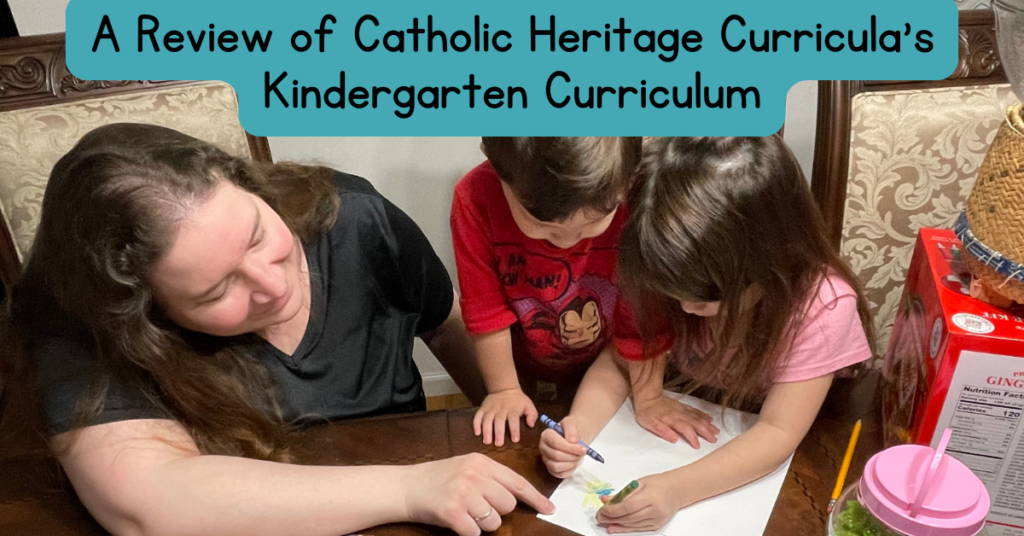

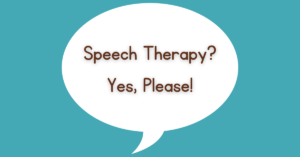

This Post Has 2 Comments
Pingback: Unboxing Catholic Heritage Curricula’s Kindergarten Curriculum - In Our Homeschool
Pingback: What I Love about Homeschooling - In Our Homeschool